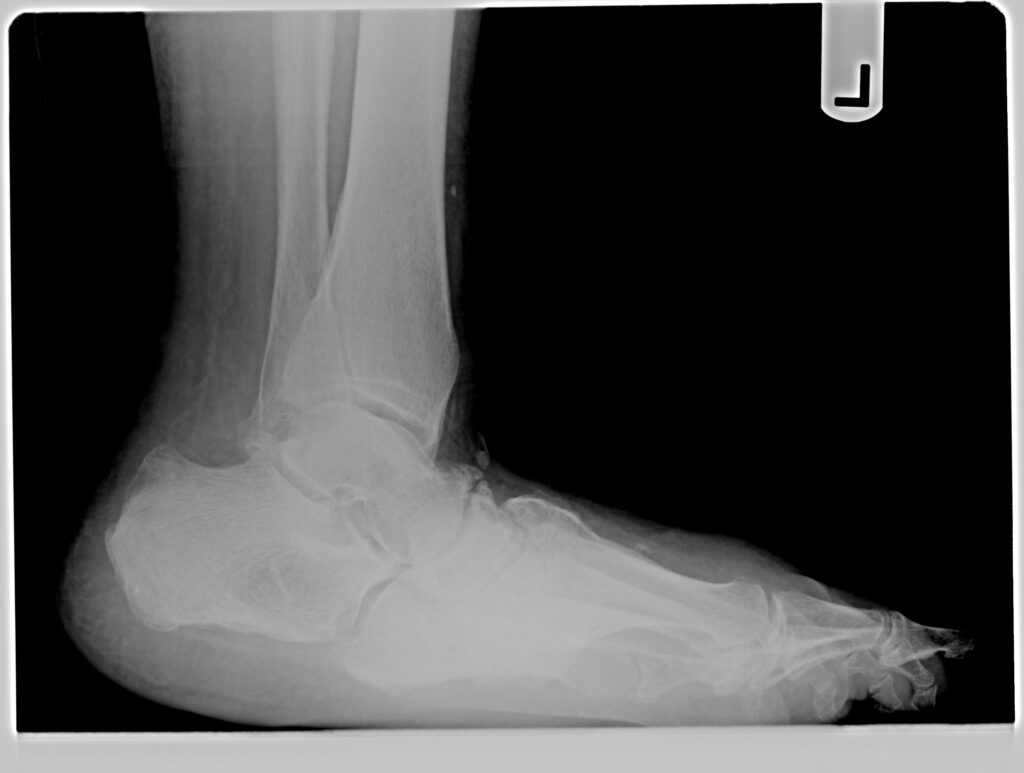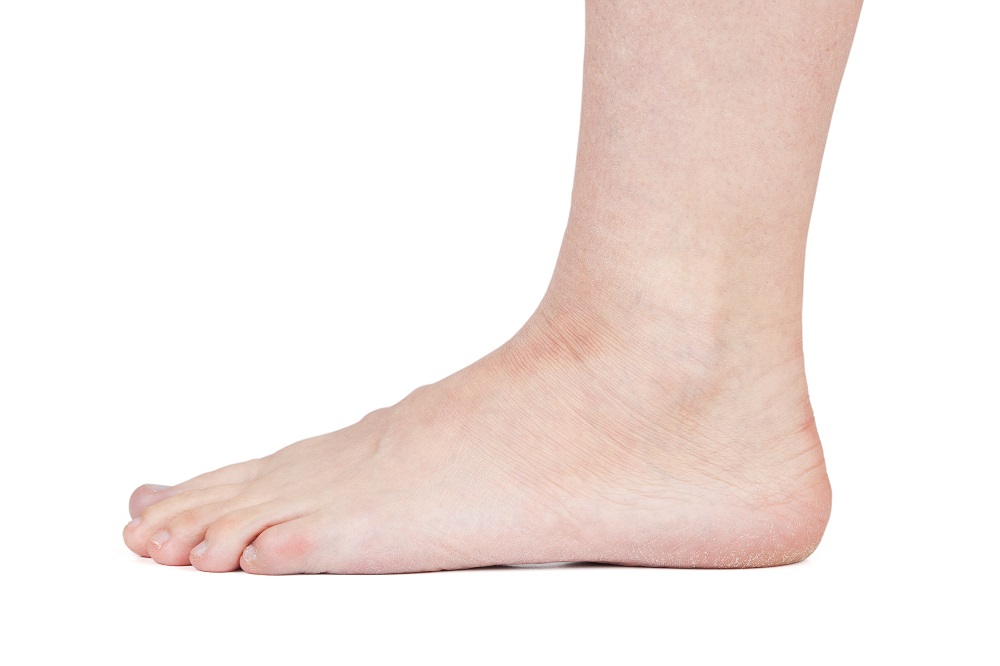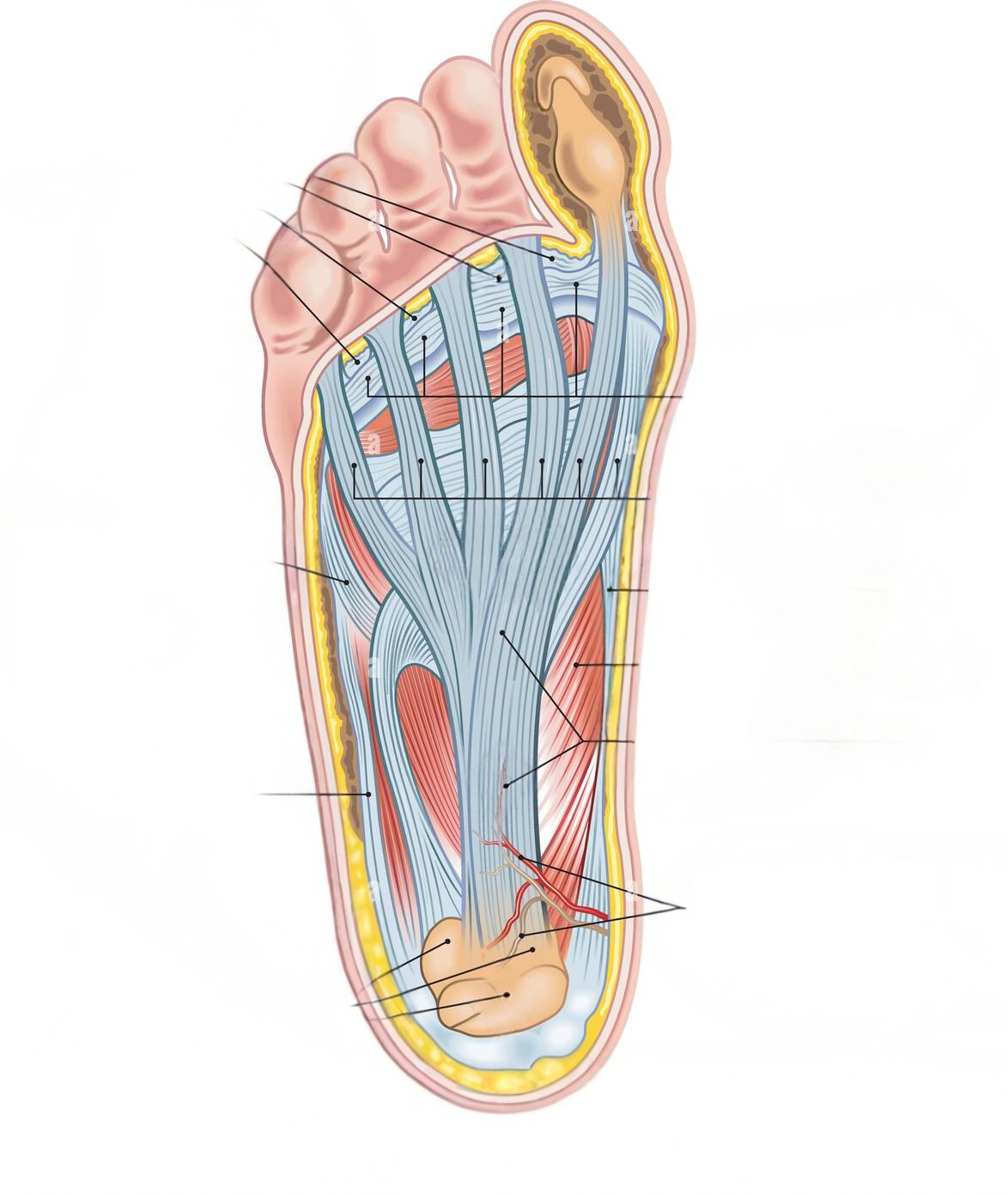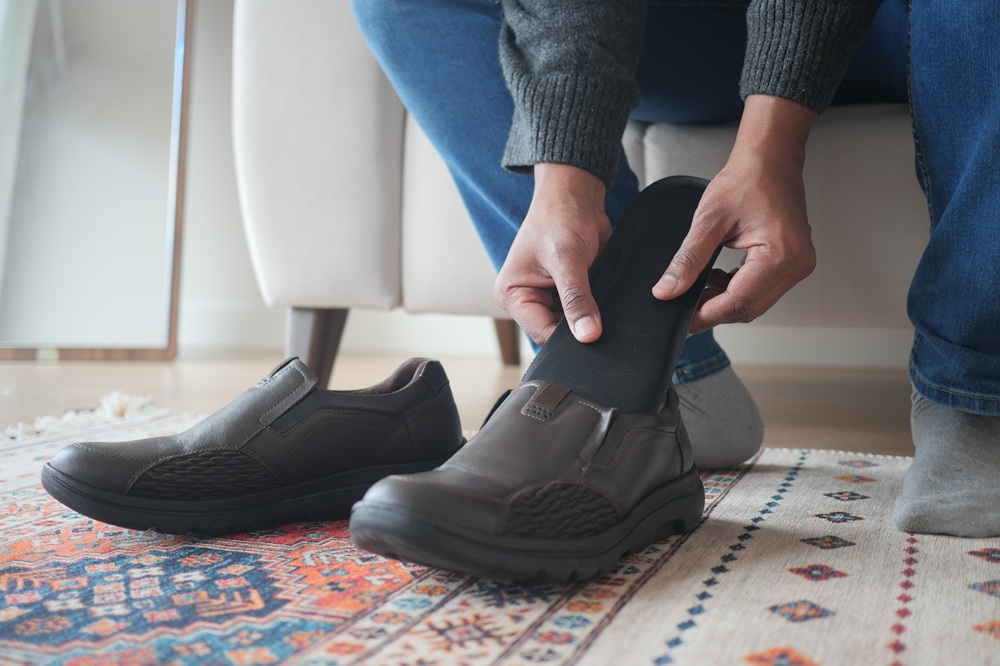www.WeTreatFeetPodiatry.com
Charcot Foot: An Overview of Symptoms and Treatment Introduction:

Today we will delve into the debilitating condition known as Charcot Foot, exploring its symptoms, causes, and available treatment options. Charcot Foot, also referred to as Charcot Osteoarthropathy, is a progressive condition that weakens the bones and joints in the foot, often resulting in severe deformity and disability. By gaining a comprehensive understanding of the symptoms and treatment methods, individuals affected by Charcot Foot can better navigate their journey towards recovery and improve their quality of life.

Introduction
Charcot Foot, also known as Charcot arthropathy, is a serious condition affecting the bones and joints in the foot. It is typically associated with nerve damage, often resulting from uncontrolled diabetes. Without proper intervention, Charcot Foot can lead to severe disability and deformity, significantly impacting an individual’s quality of life.
Understanding the underlying causes and recognizing the early symptoms are essential in managing Charcot Foot effectively. By seeking early medical attention, individuals can access appropriate treatment options to prevent further complications and improve their long-term prognosis.
Symptoms
Early signs and symptoms of Charcot Foot may include mild discomfort, swelling, and warmth in the affected foot. As the condition progresses, individuals may experience increased pain, instability, deformity, and difficulty in walking. It is important to recognize these symptoms and seek medical attention promptly to prevent further damage and disability.
Recognizing the condition can be challenging, as the symptoms may resemble other foot conditions. However, a thorough physical examination, combined with imaging tests such as X-rays or magnetic resonance imaging (MRI), can help confirm the diagnosis. Additional tests or screenings may be necessary to assess the extent of nerve damage and identify any underlying contributing factors.
Treatment
The treatment approach for Charcot Foot aims to reduce inflammation, stabilize the foot, and promote healing. Immobilization and offloading techniques, such as the use of casts, braces, or specialized shoes, are often recommended to protect the foot and allow for proper healing. Orthotic devices may also be prescribed to provide additional support and stability.
In some cases, medications may be prescribed to manage pain and reduce inflammation. Surgical interventions, such as realignment or fusion of the affected joints, may be necessary for severe cases or when conservative treatments are ineffective. The choice of treatment depends on the individual’s specific condition and the extent of the deformity.

Prevention and Management
Prevention and ongoing management play a crucial role in minimizing the risk of developing Charcot Foot or preventing its progression. Proper foot care and regular self-examinations are essential, especially for individuals with diabetes, as they are more susceptible to nerve damage.
Regular check-ups with a healthcare professional, including a podiatrist, can help identify any early signs of Charcot Foot and ensure timely intervention. Managing diabetes through proper blood sugar control, maintaining a healthy lifestyle, and adhering to any prescribed medications or treatments are essential in preventing complications.
Complications and Prognosis
Charcot Foot can lead to various complications if left untreated or poorly managed. These may include chronic ulcers, infections, and a higher risk of foot amputations. However, with early diagnosis, appropriate treatment, and diligent management, individuals with Charcot Foot can achieve positive long-term outcomes.
Support and resources are available for individuals affected by Charcot Foot, including patient education programs, support groups, and specialized healthcare providers. By accessing these resources, individuals can gain valuable insights and support throughout their journey towards recovery.
Conclusion
Charcot Foot is a debilitating condition that requires early recognition and appropriate treatment. By understanding the symptoms, seeking timely medical attention, and adhering to a comprehensive treatment plan, individuals affected by Charcot Foot can improve their quality of life and minimize the risk of further complications. If you suspect you may have Charcot Foot or are experiencing any concerning symptoms, it is crucial to consult a healthcare professional for an accurate diagnosis and personalized treatment plan.
To make and appoinment with a WeTreatFeet Podiatrist, click here or call us at 410-363-4343

#OwingsMillsPodiatrists #TowsonPodiatrists #DundalkPodiatrists #EldersburgPodiatrists #WestminsterPodiatrists #OdentonPodiatrists #RosedalePodiatrists #GettysburgPodiatrists #FrederickPodiatrists #HagerstownPodiatrists #BrunswickPodiatrists #Northwest HospitalPodiatrists #WashingtonPodiatrists DC #LancasterPodiatrists




